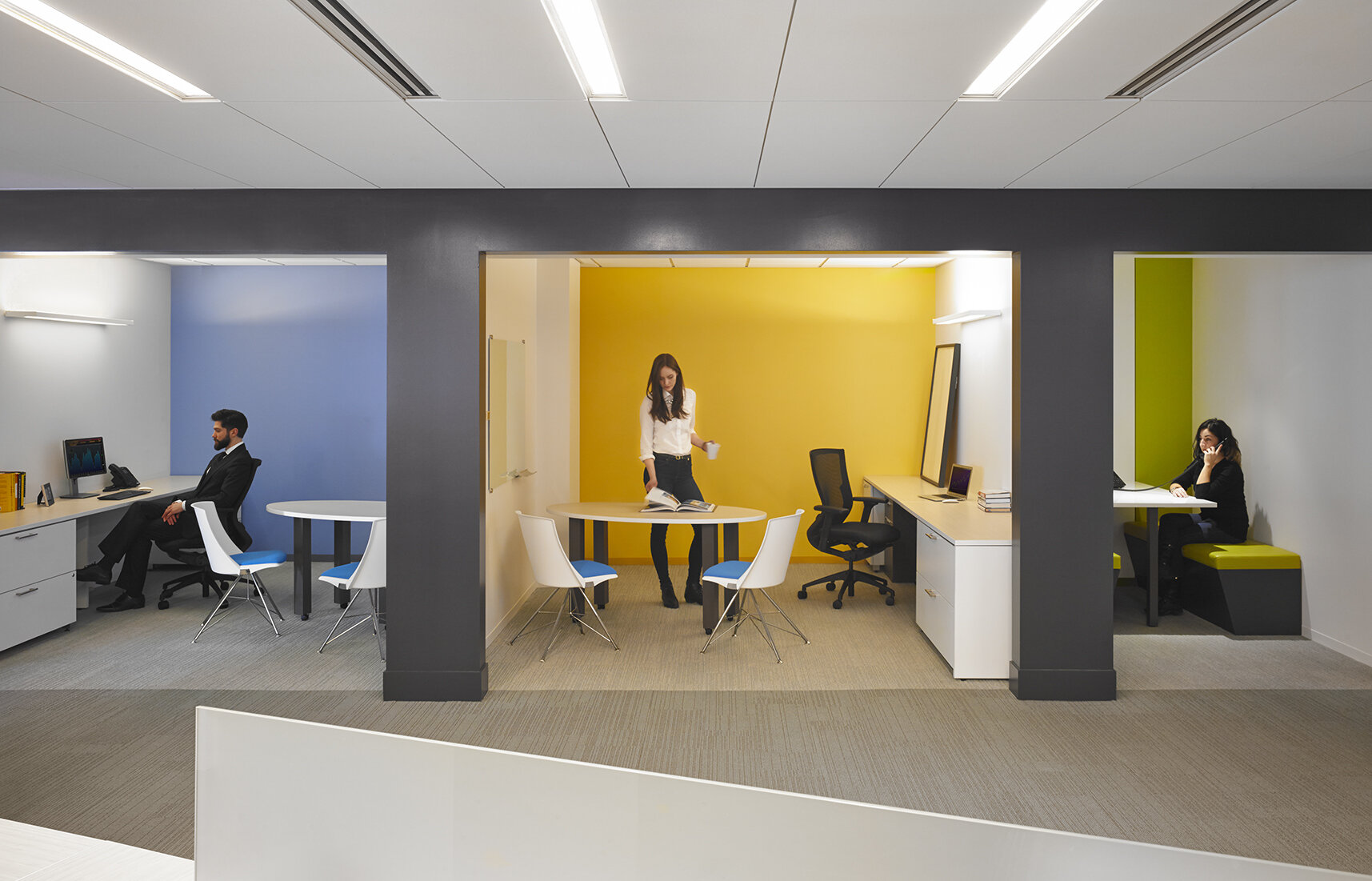What type of room should you choose?
Whether physical or virtual, the meeting room plays an essential role for meeting effectiveness.
Example of Huddle Room
The place where meetings are held must respond to specific needs enabling the best use and interaction possible between participants.
Even more so in recent times where remote working has had to suddenly replace the one in-loco; virtual meeting rooms have had to rapidly adapt and respond to new Unified Communication & Collaboration needs and criteria.
The new Digital Workplace implements new audio and video technologies and innovative data sharing platforms. Offices transform and adapt to the new flexibility and mobility needs while virtual spaces expand with the introduction of Cloud functionalities.
Based on size and specific needs, company spaces are re-adapted and renewed by introducing specific technologies for each business need
Huddle Rooms
Huddle Rooms are small meeting rooms separated from the rest of the company team. They can be used by just a few people at a time, are booked based on need, and optimised digitally for videoconferences, webinairs, videocalls and content sharing.
They are created to respond to the new needs for flexibility and to optimise times and company spaces, guaranteeing privacy, comfort and maximum technological efficiency.
Video Meeting Room
Video Meeting Rooms are dedicated to videoconferences. They are generally larger and allow hybrid meetings, in person and in videocall.
These rooms need a specific set-up enabling the best listening and vision for each participant, both in person and remotely.
To further improve the Video Meeting Room performance, special videotracking function technologies can be added to follow the speaker’s movements, or multi-channel, with different workstations placed in strategic points for perfect event coverage.
Boardroom
Boardrooms are often a company’s nerve center.This is where they draw up strategies, develop ideas and sign the most important contracts with customers and suppliers.
The digital conversion of all these activities is not a simple process; but including suitable technologies has enabled business continuity in smart working even during the most complicated moments of the 2020 pandemic.
Thanks to latest generation audio/video tools and innovative data sharing platforms, technologically advanced companies can now continue working remotely with no problems using integrated communication and sharing systems that make the office accessible from all over the world.

